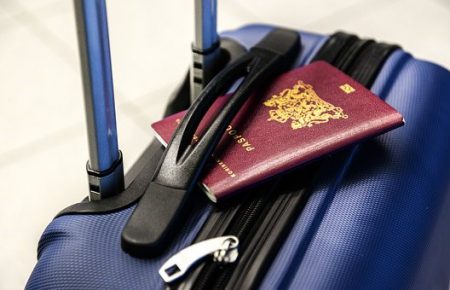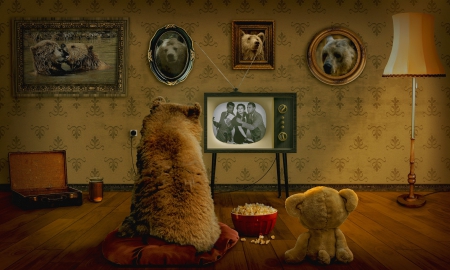It is said that Japanese people have low communication skills in the world. I think that’s because I’m not good at expressing my feelings. When I studied abroad in Colombia, I felt that there are many people in South America who are very open, and that something different from Japanese communication is widespread. I’ve summarized some of these differences, so I’ll introduce them.
Express your feeling with your body

Hugs and kisses are usual things
In Japan, even if you are a family member, it is a good manner to emphasize personal space and dare to respect the distance from the other person. However, in South America, it is common to use the body to convey affection, such as hugging and kissing. The etiquette of greetings is to shake hands or kiss cheeks, and in some countries men kiss each other.
In addition to greetings, skinship is emphasized in order to share the feelings of oneself and the other person, such as when happy or sad. Some people may find it embarrassing at first because they are unfamiliar with Japanese people. However, hugs are not just for lovers, they are very important for friends and family, regardless of gender.
For example, when I was depressed and sad, my friend hugged me and I was very relieved. I think the warmth of a person is far greater than the comfort of words alone. I think that if this South American culture is introduced to Japan someday, Japan could become a happier country.
Gestures are also important
Everyone is very expressive in conversation, and they often use gestures. For example, instead of pointing, point your mouth and point with your mouth. It seems that pointing a finger is a violation of etiquette, and it seems that you are saying bad things about a person, so if you point your finger where there is a person, you may get into trouble.
Also, in Japan, when you call a person, you beckon like a beckoning cat, but this gesture means “go over there”. In South America, it is common to whistle or make a squeaky mouth to draw attention when calling a person.
At first, I felt like I was being treated like a dog, and I felt sick, but in Colombia, many people used this expression for everyone. I’m surprised that people on the other side of the road also whistle and call. You can communicate your intentions to the other person without making a loud voice.
Tell what you feel as soon as possible

You have to be honest
Since Japanese people think about what the other person thinks first, many people may keep in mind what they want to say. In South America, don’t think too much about what the other person thinks about you, but convey your thoughts straight to the other person. This can make them feel honest, but they aren’t offended. You only have to convey your honest feelings to the person being told, so it won’t be a hassle later.
Don’t feel sorry just because they are customers
For example, when I was standing outside the store with a girl who was a part-time worker to call in a restaurant for work, my uncle had a problem talking to me persistently. I couldn’t say anything, hoping to go somewhere soon. However, my fellow part-time worker clearly told the man, “Don’t disturb me because I’m at work.” I thought it was cool. When the customer said something unreasonable, the child clearly said that he couldn’t do what he couldn’t do.
If you do that in Japan, it will be a problem. However, in South America, being able to hold and convey your own opinions is important in communication.
However, there are many aggressive people who insist on their own opinions without listening to the other person’s words, so I would like to be calm and be careful not to have a quarrel at such times.
Their social skills are so high

They are good at socializing each other
People in South America are very sociable and can talk to people they meet for the first time without being shy. There are many friendly people who talk to me even when I’m walking down the road in Colombia.
It’s also a daily occurrence that an uncle who likes to talk so much that he listens to our conversation nearby suddenly enters the conversation. I think he is also an elephant’s ear, so he is so sensitive to people’s conversations that he quickly gets into the topic of people. Even when I was suddenly talked to, I naturally accepted it, which is really amazing.
South Americans who like festivals often have parties and gatherings, so they have the opportunity to meet a lot of people. When I go to South America, I think that I can enjoy South America more if I can enjoy the conversation on the spot without getting cold just because someone I don’t know talks to me.
South American style of communication

Communication methods in South America are very open, unlike in Japan. If you can get used to the good communication in each country, you can enjoy the life in that country. If you have a chance to go to South America, try hugging and talking to yourself. People in South America are friendly and will definitely accept it.
I used to be very shy and couldn’t even ask people for directions. However, now that I have met South American style of communication, I have been able to meet many people and talk to them.
At first, you may have a hard time because you cannot change your familiar feelings. However, I think that you can expand your future potential by actively engaging with people, even if it is little by little. Thanks to my change, I have had many friends and job opportunities.










































